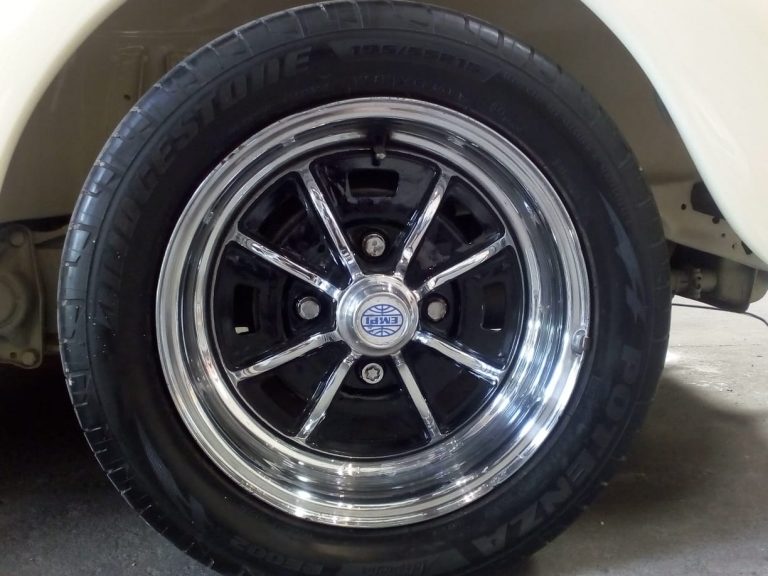
When it comes to car tires, the right tread is a very important decision. After all, this is the part of the tire that is in constant contact with the road surface. Subsequently, the various features and choice of tread can greatly alter both the properties of the specific tire, as well as how the car handles. The right choice of car tire tread can help improve the amount of traction, improves the car’s ability to steer, and influence the durability of the tire itself. The right choice in tread patterns helps influence a number of key factors, including driving comfort, tire noise level and fuel consumption.
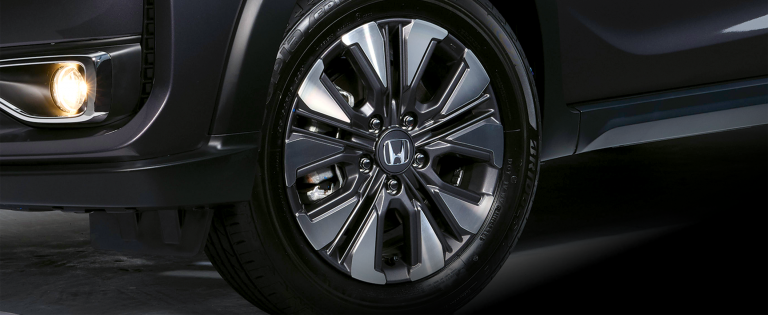
Tire Treads Basics
Before we go over the various tire tread designs that are commonly used by tire manufacturers, let’s take a look at the basic components of a tire tread first:
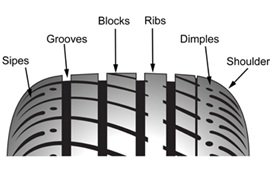
Basic tire thread elements
Sipes – These are the narrow voids and passageways on the tire lugs, usually around 0.3 – 1.5 mm thin. Their main purpose is to improve the tire’s traction on wet surfaces, as well as snow, channeling water away from underneath the tire. This helps build resistance to aquaplaning.
Grooves – These are depressed parts of the tread, similar to sipes but often much longer and deeper. These grooves form a specific pattern, with shapes and sizes calculated to improve a tire’s quality in key areas. Generally, these features serve to improve the tire’s braking effectiveness and steerability. The depth of the grooves, as well as their pattern, can also prove decisive in the rolling noise level.
Blocks – Also known as lugs, these are the main elements of the tread with which many of the features are added or carved into. The blocks’ main purpose is to provide good traction.
Ribs – Occasionally known as transverse voids, these are circumferential ribs or contact bars that run around the tire tread.
Dimples – Although not always present, dimples are often included to improve tire cooling.
Shoulders – These are edges of the tire and their shape -rounded or square – determines the purpose and maneuverability of the tire.
Voids – Similar to sipes, these voids create the space required to channel water from underneath the tire when driving on wet surfaces. This maintains good traction, since the water is channeled through the wider voids along the axis.
The relationship between the areas occupied by the voids and the blocks influences the overall contact patch of a tire. A larger number of voids, for instance, can diminish a tire’s grip on dry surfaces yet offer better performance on wet surfaces. As a result, the number of voids depends on the tire’s purpose, as specific wet or “rain tires” may feature more tread voids.
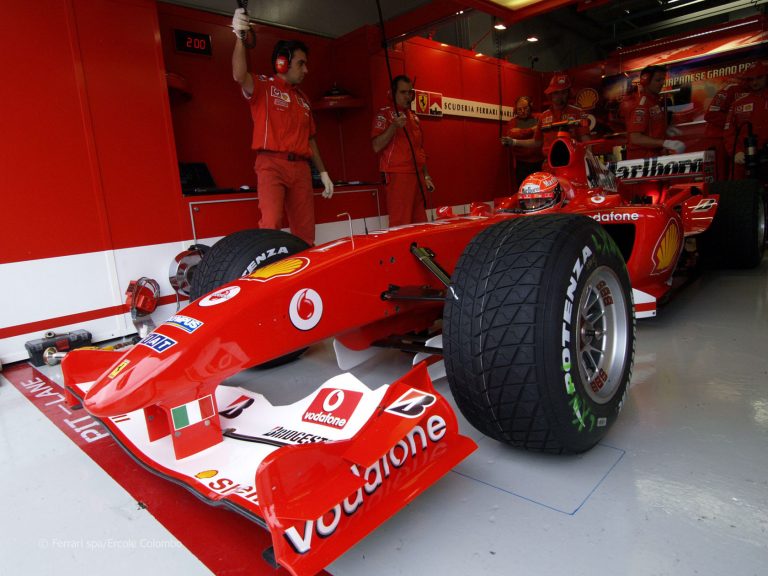
Formula 1 rain tires require more voids to disperse the water and avoid aquaplaning
Tread and Tire Patterns
Basic tire tread patterns are used to determine tread designs and simply refers to how the ribs, blocks or lugs, grooves, sipes, and dimples, if any, are laid out over a tire’s contact patch. The layout determines a tire’s performance parameters, like how winter tires are very different from summer tires, or like how all-terrain tires are different from all-season tires. Here are some usual tire tread patterns:
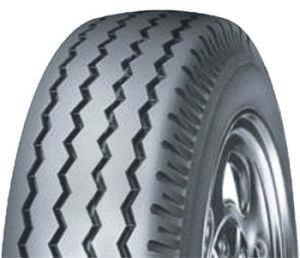
Rib pattern – These are tire treads with parallel S-shaped voids along the axis.
Positive points: Lower rolling resistance; Good directional stability; Good steering control (thanks to lateral resistance); Suitable for sustaining high speeds (thanks to low heat generation)
Negative points: Poor grip when accelerating or braking on wet roads; Flexing of the treads can cause excess stress making the tire more susceptible to cracking.
Uses: These tires are generally designed for use on hard road surfaces, such as tarmac and concrete, and are often fitted to the wheels of trucks or buses.
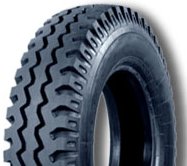
Lug shape – This pattern refers to a series of grooves which are perpendicular to the tire’s circumference.
Positive points: Improved traction; Excellent grip when braking and accelerating
Negative points: Excess noise at high speeds; Not suitable for high speed driving due to additional rolling resistance
Uses: These tires are generally designed for dirt roads and are often fitted in 4×4 all-terrain and other specialized vehicles.

Mixed rib-lug shape – This mixed shape pattern is the combination of S-shaped voids along the axis and perpendicular grooves.
Positive points: The central rib provides good directional control; The shoulder lugs offer good braking and driving power
Negative points: The mixed shape offers a more balanced performance so it is not as good in key areas as more specialized designs such as pure rib or pure lug patterns
Uses: These tires are good for both paved and dirt roads and can be found on a variety of trucks and buses.
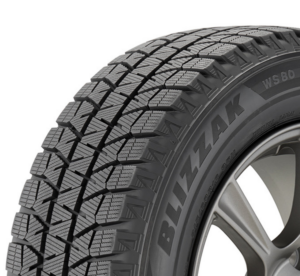
Block shape – This pattern refers to designs with independent blocks along the tread, separated by a series of interconnected grooves.
Positive points: Good steering and stability on both wet and snow-covered roads; Good water dispersal properties thanks to the numerous grooves
Negative points: Low durability, depending on the size of the tread blocks
Uses: These tires perform well on snow and are fitted mostly as winter tires or as all-season tires for passenger cars.
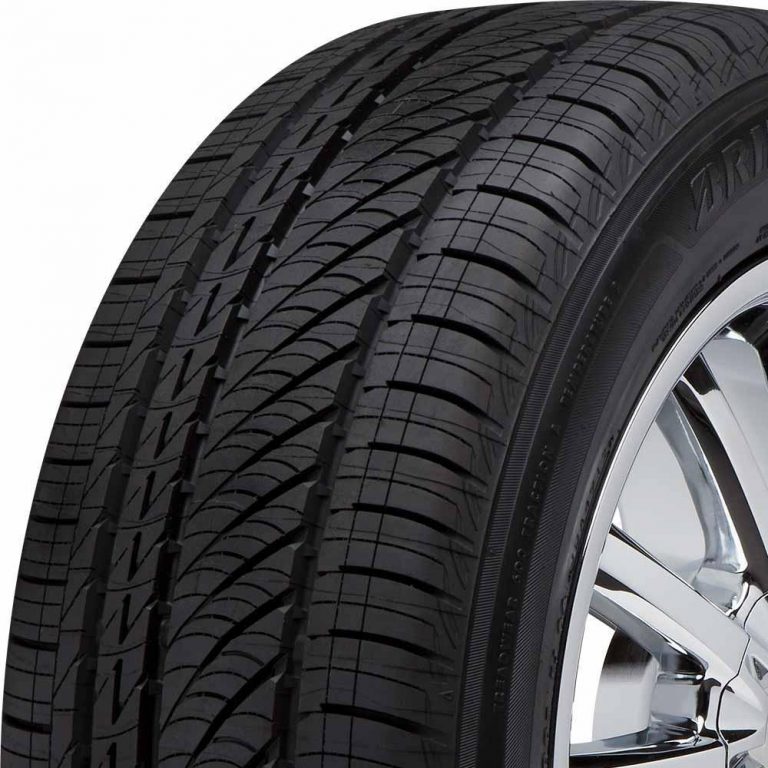
Asymmetric shape – This pattern is very common in commercial tires and refers to tread patterns that differ on each side. Typically, the outer blocks are bigger while the internal blocks are smaller with a series of grooves to help disperse water outwards.
Positive points: Good for high speed cornering thanks to the big contact area; Reduced tread wear on the outside of the tire; Improved stability when turning, thanks to the bigger blocks
Negative points: Need to be positioned correctly, due to the different sides
Uses: These tires offer great performance even at high speeds, making them suitable for sporting vehicles and more aggressive driving styles. They are commonly used as motorsport tires.
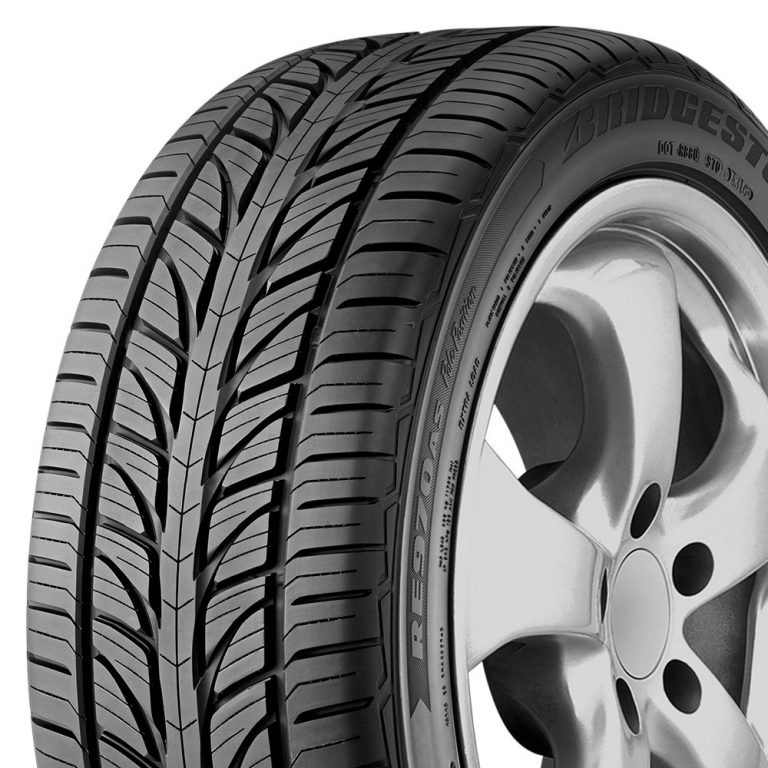
Directional pattern – This pattern is also very common and involves a series of lateral grooves positioned at the same angle on both sides of the tire. This creates a “direction” of sorts as all grooves point forward.
Positive points: Very good traction and braking; Good water dispersal for stability on wet roads; A good choice for fast driving styles
Negative points: Due to their directional nature, these tires need to be installed with the correct orientation.
Use: Directional tires have plenty of uses and are most commonly found in high-speed passenger vehicles.
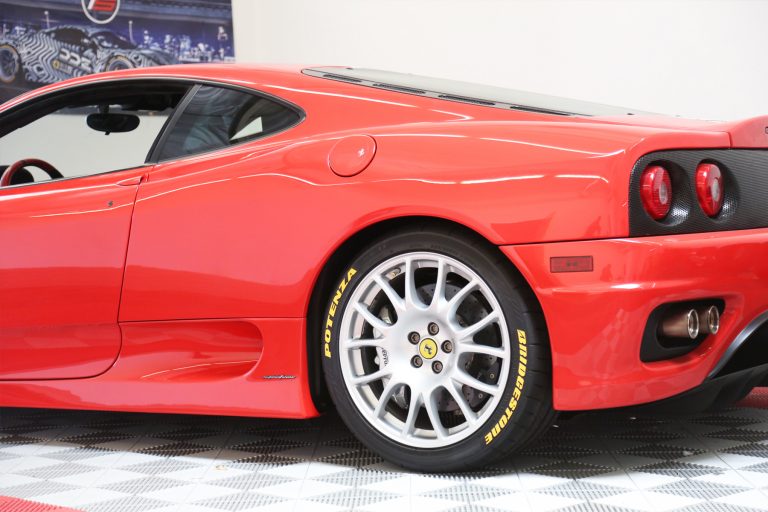
Clearly, there is a lot of work that goes into designing a great tire. The details of the tire tread pattern contributes to the tire’s effectiveness in its purpose of providing grip in the surface conditions that a tire is designed to operate on. So, next time, before you decide on your next tire purchase, see how the thread pattern matches the intended use of your vehicle. Drive safe!
from powerwheels.com.ph